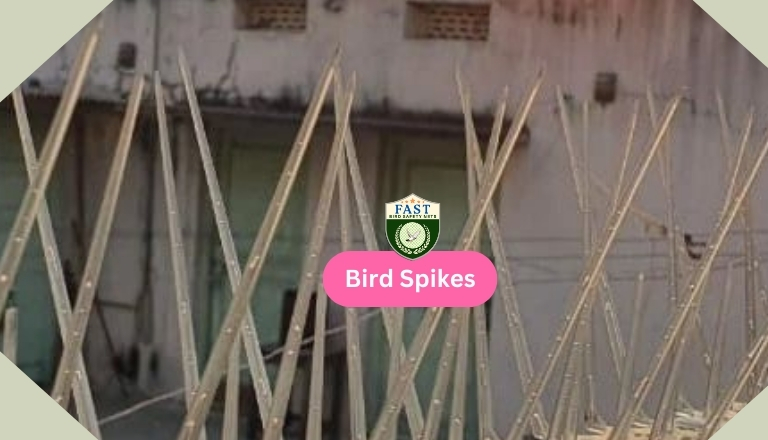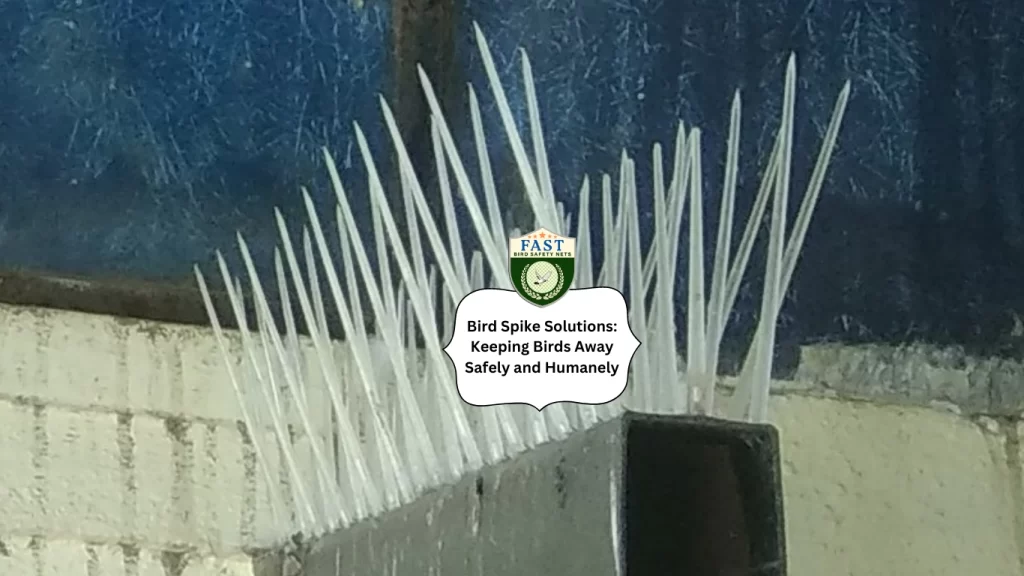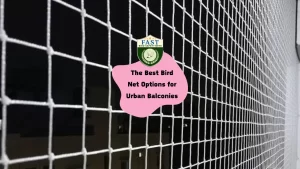Bird spikes provide an effective solution for preventing birds from landing or roosting on surfaces such as ledges, beams, and signs. In this guide, we’ll explore the benefits of bird spikes, how to choose the right bird spike solutions, installation techniques, maintenance tips, and the importance of humane considerations.
1. Understanding Bird Spikes
What Are Bird Spikes?
Bird spikes are physical deterrents designed to discourage birds from landing on surfaces. Usually, they are made up of rows of slender, sharp rods or spikes..
Types of Bird Spikes: Bird spikes come in various materials, including plastic, stainless steel, and polycarbonate. Each type offers different levels of durability, weather resistance, and aesthetic appeal.
2. Benefits of Bird Spike Solutions
Effective Bird Deterrent: Bird spikes create an inhospitable surface for birds, preventing them from perching or roosting.
Non-Harmful to Birds: Unlike some bird control methods, such as chemical repellents or traps, bird spikes do not harm birds. Instead, they simply discourage birds from landing on treated surfaces.
3. Application Areas for Bird Spike Solutions
Residential Use: Homeowners can use bird spikes to protect their property from bird damage, such as nesting, droppings, and noise.
Commercial and Industrial Settings: Bird spikes are commonly used in commercial and industrial environments to prevent birds from roosting on buildings, warehouses, and other structures.
4. Choosing the Right Bird Spike Solution
Considerations for Selection: When choosing bird spikes, consider factors such as the material, durability, length of spikes, and aesthetics.
Customization Options: Some manufacturers offer customizable bird spike solutions to fit specific surfaces or architectural features.

5. Installation Techniques
Preparation: Before installing bird spikes, thoroughly clean the surface to remove any debris, bird droppings, or nesting materials.
Installation Steps: Use adhesive, screws, or other fasteners to secure the bird spikes to the surface. Ensure that the spikes are evenly spaced and aligned to maximize effectiveness.
6. Maintenance and Longevity
Cleaning: Regularly clean bird spikes to remove dirt, debris, and bird droppings. This helps maintain the spikes’ effectiveness and prolong their lifespan.
Inspection: Periodically inspect bird spikes for signs of damage or wear, such as bent or broken spikes. Replace damaged spikes as needed to ensure continued effectiveness.
7. Humane Considerations
Ethical Practices: Choose bird control methods that are humane and do not harm birds or other wildlife.
Alternative Approaches: In addition to bird spikes, consider using complementary bird deterrent methods, such as netting, visual repellents, or sound devices.
8. Environmental Impact
Sustainability: Bird spikes are a sustainable bird control option with minimal environmental impact. They do not use chemicals or toxins and can be reused or recycled at the end of their lifespan.
Compatibility with Green Practices: Bird spikes align with green building principles and environmentally conscious practices, making them an eco-friendly choice for bird control.
Conclusion
Bird spikes are an effective, humane, and environmentally friendly solution for keeping birds away from structures and other areas. By understanding the benefits of bird spikes, choosing the right solution, and following proper installation and maintenance techniques, property owners can effectively manage bird-related issues while minimizing harm to birds and the environment.






